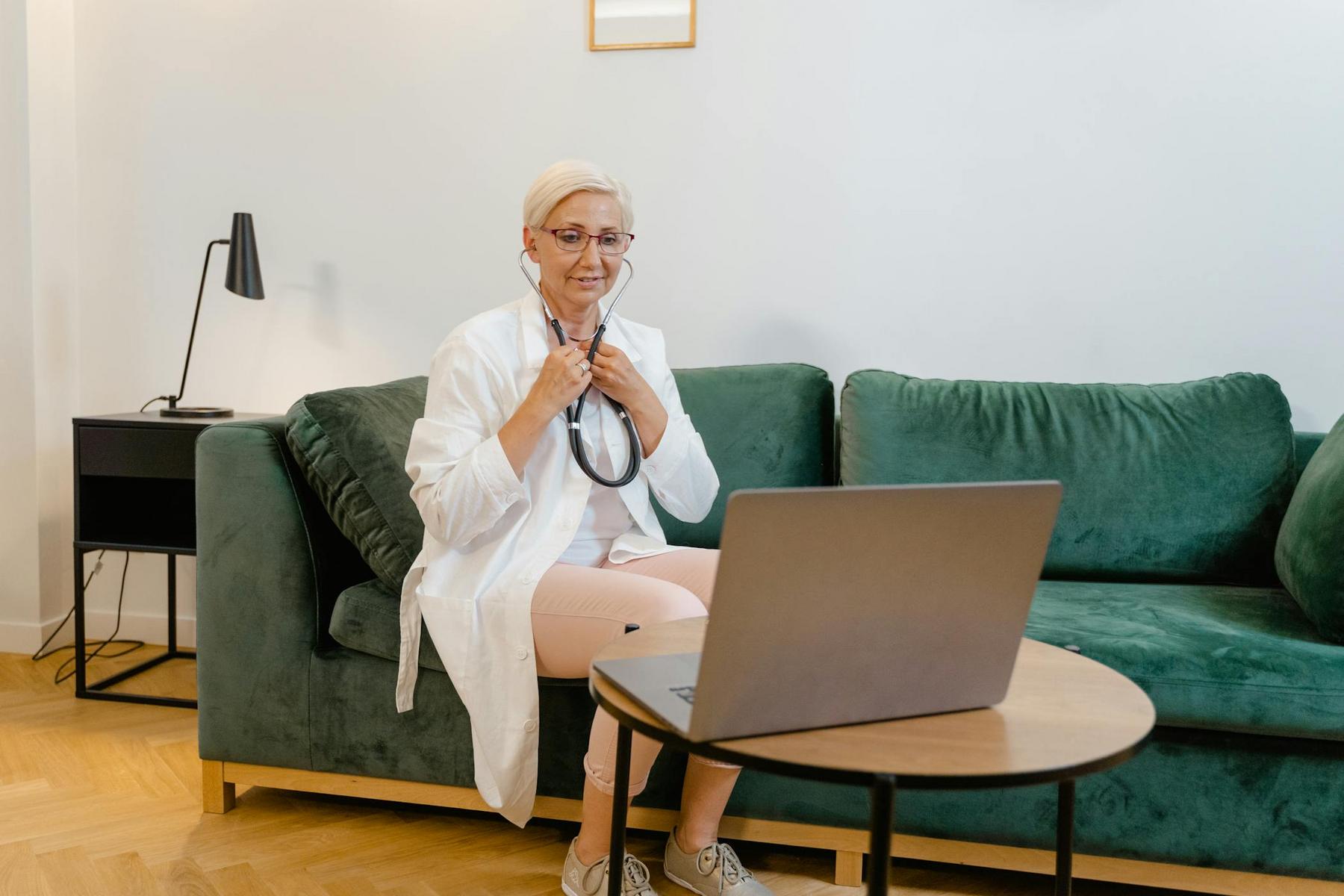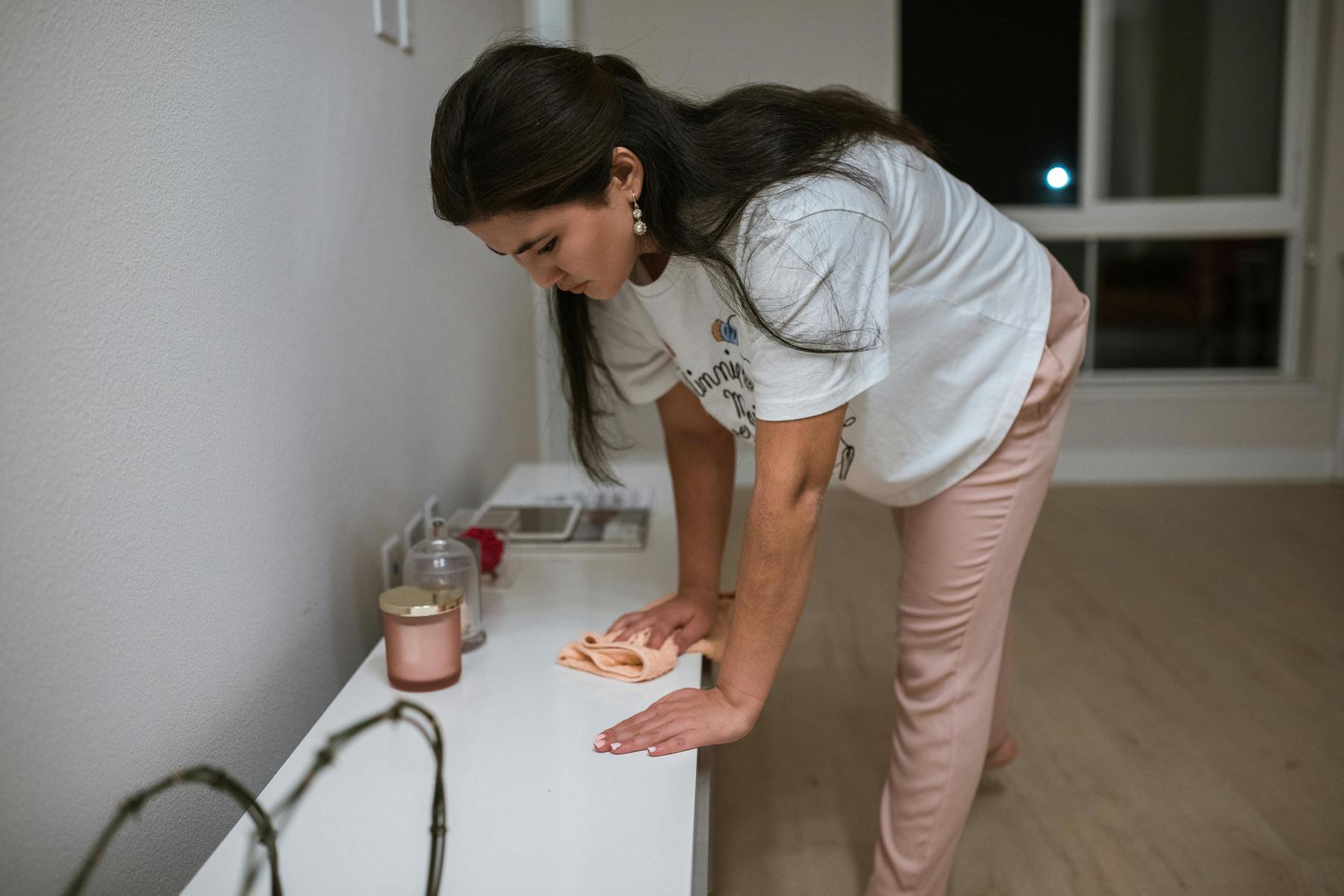Delayed Onset Muscle Soreness (DOMS) is a familiar post-workout experience characterized by muscle discomfort that typically emerges 24-72 hours after exercise, especially following unaccustomed or intense physical activities. The underlying cause of DOMS is the microtrauma inflicted on muscle fibers and connective tissues during eccentric contractions, where muscles lengthen under load. This microdamage triggers a complex cascade of inflammatory responses including disruption of calcium homeostasis, enzymatic activation, and fluid shifts leading to edema and heightened pain sensitivity.
Identifying DOMS is crucial to differentiate it from other forms of exercise-induced pain. It usually presents as a delayed onset of diffuse tenderness, increased pain upon stretching, temporary strength deficits, and mild localized swelling. In contrast, conditions like muscle strains, rhabdomyolysis, or compartment syndrome exhibit more severe, focal, or atypical symptoms that often require medical intervention.
Evidence-based management strategies for DOMS focus on mechanical, thermal, and nutritional interventions. Mechanical techniques such as foam rolling and wearing compression garments can reduce pain and restore functionality by alleviating myofascial adhesions and limiting inflammatory responses. Thermal therapies like cold water immersion, contrast baths, and local heat application help modulate blood flow and reduce muscle damage.
Nutritional support is another pivotal aspect of recovery. Consuming a carbohydrate-protein mix shortly after exercise enhances glycogen resynthesis and muscle repair, while adequate hydration is essential for optimal nutrient transport. Additionally, anti-inflammatory foods can mitigate the extent of muscular inflammation.
Individual factors, especially body composition, play an important role in how DOMS manifests and resolves. For instance, a higher body fat percentage may be associated with increased inflammatory markers, necessitating tailored recovery protocols. Conversely, characteristics such as muscle mass distribution and age require adjustments in recovery strategies to optimize adaptation and performance.
Preventative strategies like the repeated bout effect, where initial exposure to eccentric exercise conditions future sessions to be less painful, underscore the importance of progressive training. Proper exercise programming including adequate rest intervals, gradual intensity increases, and periodisation is critical to balance workout effectiveness with recovery needs.
Furthermore, the advent of wearable technology now allows athletes to monitor HRV, movement symmetry, and force output, offering objective insights into their recovery status. As research in personalised recovery continues to evolve, integrating these technologies with individual physiological markers promises a new era in DOMS management.
In summary, while DOMS is a natural part of the muscle adaptation process, understanding its causes and implementing targeted management strategies can help maintain consistent training and optimise recovery, especially for individuals on transformative health journeys.
Does DOMS indicate a more effective workout?
Not necessarily. While DOMS reflects muscle microtrauma that may trigger adaptive responses, significant soreness is not required for fitness improvements. Gradual overload and proper recovery can yield effective long-term results without the drawbacks of excessive pain.
How can I continue exercising with DOMS?
It is often beneficial to engage in active recovery through light, non-painful movement. Approaches include cross-training with lower intensity, flexibility exercises, and mobility work until acute soreness subsides, all of which help in maintaining blood flow and promoting recovery.
Can nutrition affect DOMS severity?
Yes, nutrition plays a key role in recovery. Adequate protein intake, proper hydration, and consumption of anti-inflammatory foods, particularly within the post-exercise recovery window, can mitigate the degree of muscle soreness and assist in faster recovery.
Are there any supplements proven to reduce DOMS?
Some supplements like omega-3 fatty acids and tart cherry juice, which contains anthocyanins, have shown promise in reducing inflammatory markers after exercise. However, these should complement basic recovery strategies such as proper nutrition, hydration, and sleep.
When should I be concerned about post-exercise pain?
If you experience pain that is markedly different from typical DOMS—including severe or persistent pain, significant swelling, dark urine, or accompanying numbness—this may indicate a more serious condition like rhabdomyolysis or compartment syndrome, and you should seek medical advice.



